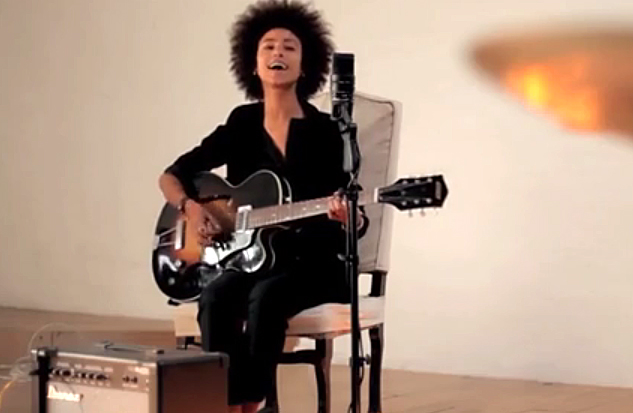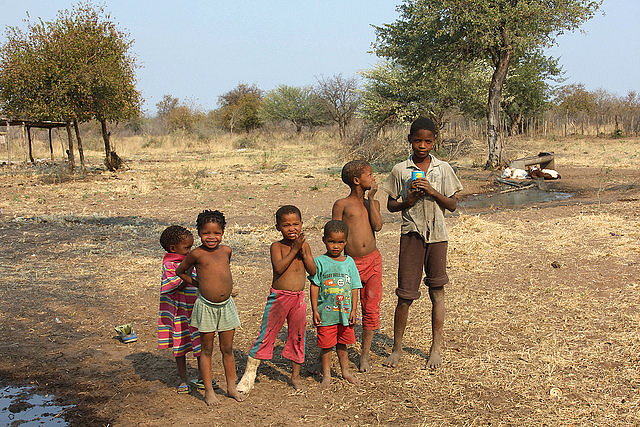A band from Amsterdam is heading for Namibia to collaborate with four Ju/’hoansi grandmothers as they perform music that will blend the traditions of the San with contemporary European styles. A news report in the New Era newspaper last week explained the origins and history of the project.

The band, called The Namibian Tales, with lead guitarist and soloist Shishani Vranckx, focuses on the music of Namibia because Shishani has always had an affinity for that country and a desire to connect with it musically and culturally. She performs with Bence Huszar on the cello, Afron Nuambali on the bass guitar, Sjahin During as the percussionist, and Debby Korfmacher on the kora, the mbira, and as a vocalist. Shishani and her partner, Sjahin, started the group in 2005 according to the article, though another source indicated that the two founded the group in 2015.
“The idea was to study music from Namibia, regardless of which group of people,” Shishani told the New Era reporter, but the band began with a concentration on the Ju/’hoansi since she had listened to their music as a teenager on her first CD. Her idea was to engage the San people musically because she wanted to focus on the most traditional music from that country. She and the other band members hope that their collaboration with Ju/’hoansi performers will create some income for the communities they come from. They also intend to host workshops for the Ju/’hoansi musicians on management of their music. And they want to create new kinds of music with them.
A four-minute YouTube video published in March 2017 presents snippets of performances in Ju/’hoansi villages during a visit to the Kalahari in November 2016. The video shows Shishani, other members of The Namibian Tales, and their San hosts as they sing, dance together, and share an enjoyment of learning the musical styles of each other.
The Namibian Tales has collaborated with the four grandmothers—//Ao /Ui, Seg//ae /Kun, N!ae N!ani and //Ao N!ani—to produce eight songs. The band focuses on the Ju/’hoansi because they are, Shishani said, “the most [marginalized] group in the country.” She added that she felt they have a very rich culture that is being ignored. She dismissed the practice of the San people performing for tourists dressed in their traditional skin clothing since those performances do not really treat them as partners, or as equals, or as experts in their music, which they really are.

Shishani added that she and her colleagues are driven to finding out as much as they can about the meaning of Ju/’hoansi music before the elderly people pass away and their musical traditions are lost. She said that it is urgent that they focus on the elders by capturing their songs and making recordings that the young Ju/’hoansi can relate to.
She said that their language is difficult and not widely understood. Their rhythms are complex and it is sometimes hard to figure out what their songs are about. Shishani indicated that it has taken The Namibian Tales a while to grasp the complexities of the San music as they have recorded it. The band plans to return to the San villages in December to record musical performances. They expect to collect them for a Namibian musical museum that they hope will open soon. In essence, they want the Ju/’hoansi performers to be recognized for their talents.